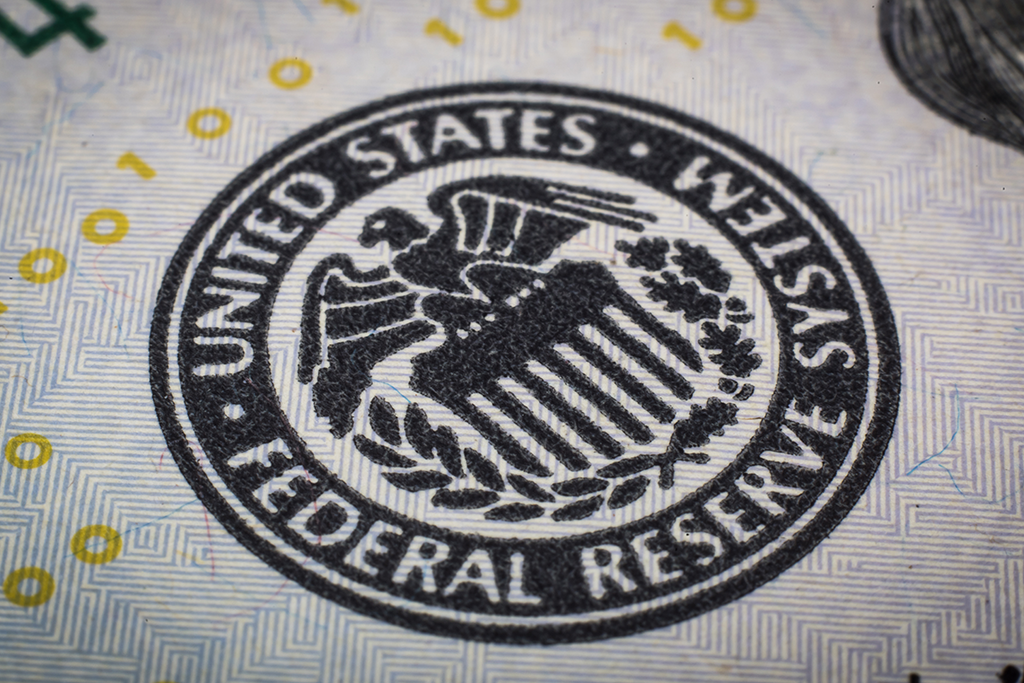In an era where the U.S. national debt has soared to an unprecedented $34 trillion, understanding the intricacies of the Treasury bond repo rate becomes crucial for astute investors. This blog post aims to shed light on the potential risks and indicators to watch in this complex financial landscape, particularly as we move further into 2024.
Understanding Repo Rates in the Context of Skyrocketing Debt
The repo rate, or repurchase agreement rate, is a critical component of the U.S. Treasury market. It’s the rate at which holders of government securities sell them to investors with an agreement to repurchase them at a later date. In a debt-heavy environment, these rates are more than just numbers; they’re indicators of market liquidity and investor confidence.
Potential Risks in a High-Debt Environment
With the U.S. national debt reaching $34 trillion, several risks become more pronounced:
Interest Rate Risk: As debt levels rise, so does the sensitivity of the market to interest rate changes. An unexpected hike in interest rates could increase the cost of borrowing, impacting the repo market.
Liquidity Concerns: High levels of debt could lead to liquidity crunches in the repo market, as seen in September 2019. Such scenarios can cause significant short-term funding stress.
Inflationary Pressures: High national debt levels can fuel inflationary pressures, which may lead to higher repo rates as lenders demand more significant returns to offset inflation risks.
Indicators to Watch
Investors should keep a close eye on several key indicators:
Federal Reserve Policies: Changes in monetary policy, such as interest rate adjustments or quantitative easing measures, can significantly impact repo rates.
Inflation Rates: Rising inflation could signal a shift in repo rates, as investors seek higher returns to compensate for diminished purchasing power.
Market Liquidity Indicators: Measures of market liquidity, like the spread between repo rates and the Federal Funds rate, can indicate stress in the financial system.
U.S. Treasury Issuances: The frequency and volume of Treasury issuances can impact the supply and demand dynamics in the repo market.
What to Expect in 2024
Looking ahead in 2024, several scenarios could unfold:
Continued Market Volatility: Given the uncertain economic environment, volatility in the repo market is likely to persist.
Policy Responses: The Federal Reserve may implement measures to stabilize the market, affecting repo rates.
Shift in Investor Sentiment: As investors adapt to the new normal of high national debt, we may see changes in investment strategies, impacting demand for repos.
Treasury Bond Repo Rates Conclusion
The U.S. Treasury bond repo market is a critical barometer of the broader financial system, especially in the context of a $34 trillion national debt. By keeping an eye on key indicators and understanding the underlying risks, investors can better navigate these uncertain waters. As 2024 begins, staying informed and adaptable will be crucial in responding to the challenges and opportunities that lie ahead.

Leave a Reply